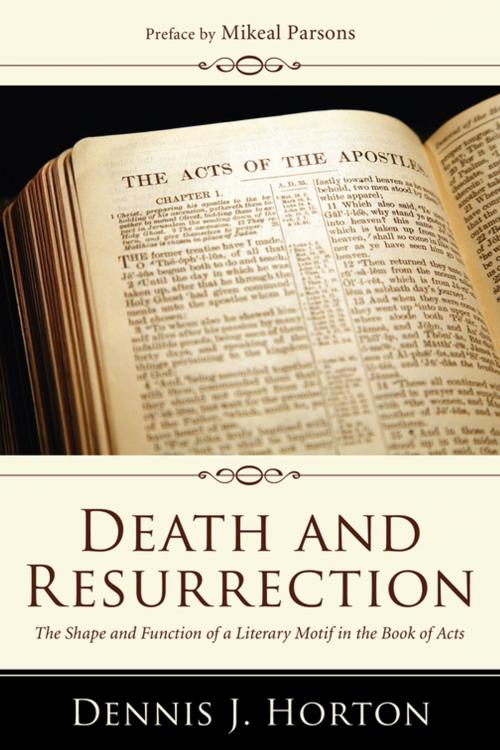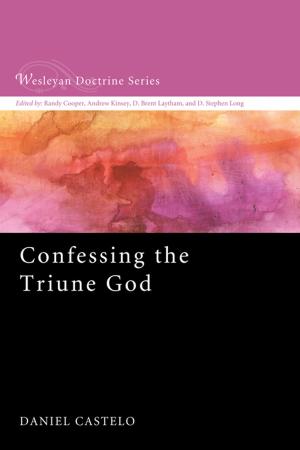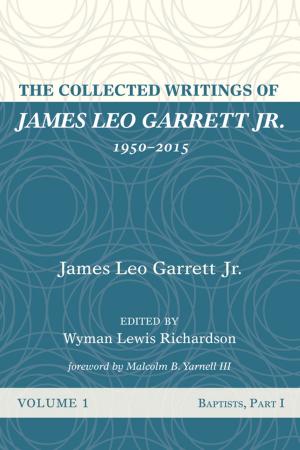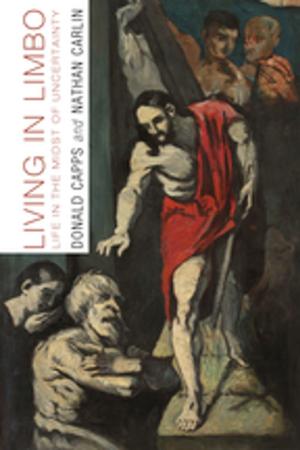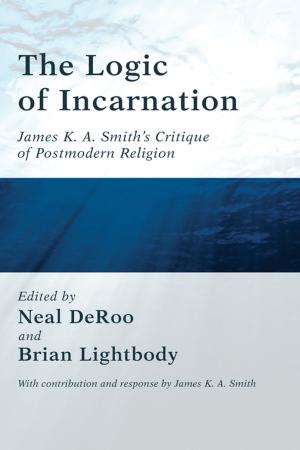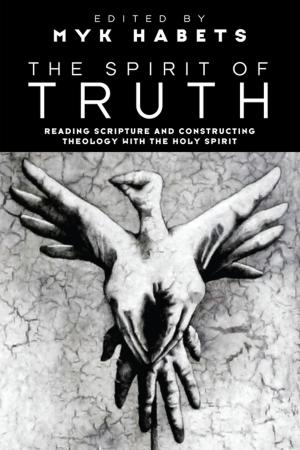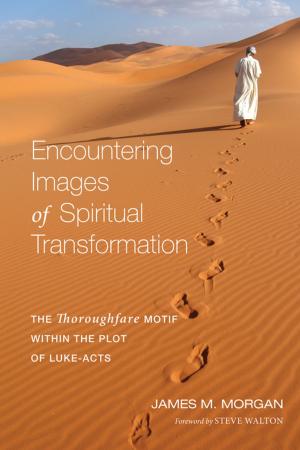Death and Resurrection
The Shape and Function of a Literary Motif in the Book of Acts
Nonfiction, Religion & Spirituality| Author: | Dennis J. Horton, Mikeal Parsons | ISBN: | 9781630876272 |
| Publisher: | Wipf and Stock Publishers | Publication: | June 10, 2009 |
| Imprint: | Pickwick Publications | Language: | English |
| Author: | Dennis J. Horton, Mikeal Parsons |
| ISBN: | 9781630876272 |
| Publisher: | Wipf and Stock Publishers |
| Publication: | June 10, 2009 |
| Imprint: | Pickwick Publications |
| Language: | English |
Dennis Horton highlights the shape and function of the death-and-resurrection motif by applying William Freedman's criteria of a literary motif to the Acts narrative. By analyzing the statements about death and resurrection together with the examples of this messianic pattern among the experiences of major and minor characters, the motif becomes clear. This central theme then becomes intensified through contrast with a secondary motif, that of death and decay. Death and Resurrection provides a clear example of a biblical motif and how it develops and functions within the narrative, serving as a valuable guide for future studies of biblical motifs. The work also supplies a needed balance between the extremes of past and present Lukan scholarship by considering the combined effect of suffering and renewed life within a single motif. Both the statements and actions of the characters reveal the importance of the two elements for Lukan theology and soteriology. The function of the motif derives from its usage within the narrative and proves insightful for gaining a better understanding of the aesthetic quality of the story while simultaneously showing how the narrator skillfully wields the motif to provide encouragement to the followers of The Way, to issue a warning to would-be persecutors, and to deliver an evangelistic message to potential converts such as the God-fearers. The messianic pattern of death and resurrection becomes a heuristic tool that the narrator carefully applies to create a potent motif with a multifaceted message for a growing and often suffering Christian community.
Dennis Horton highlights the shape and function of the death-and-resurrection motif by applying William Freedman's criteria of a literary motif to the Acts narrative. By analyzing the statements about death and resurrection together with the examples of this messianic pattern among the experiences of major and minor characters, the motif becomes clear. This central theme then becomes intensified through contrast with a secondary motif, that of death and decay. Death and Resurrection provides a clear example of a biblical motif and how it develops and functions within the narrative, serving as a valuable guide for future studies of biblical motifs. The work also supplies a needed balance between the extremes of past and present Lukan scholarship by considering the combined effect of suffering and renewed life within a single motif. Both the statements and actions of the characters reveal the importance of the two elements for Lukan theology and soteriology. The function of the motif derives from its usage within the narrative and proves insightful for gaining a better understanding of the aesthetic quality of the story while simultaneously showing how the narrator skillfully wields the motif to provide encouragement to the followers of The Way, to issue a warning to would-be persecutors, and to deliver an evangelistic message to potential converts such as the God-fearers. The messianic pattern of death and resurrection becomes a heuristic tool that the narrator carefully applies to create a potent motif with a multifaceted message for a growing and often suffering Christian community.
